Technology changes with time, but the fundamentals and recipes in photography remains. This article was first published in 2009, revised in 2018
Behind the textured screen lies a different view or you can call it an illusion of the world on the other side of the screen. For many decades, photographers have experimented with photographing through translucent materials, be it a glass smeared with grease, translucent cloth, ladies’ stocking etc. The subject can include still life object, landscape, portrait, architecture and the list goes on. If this technique is applied adequately, the main objective to create a fuzzy or “soft” effect can be met.
Many photographers feared photographing during the noon time when the lighting can be harsh, which often results in hot spot. By photographing from behind the textured screen, hot spot can be avoided. In some cases, the hot spot can be part of the creative aspect of the image. Flaws in the intended angle can also be hidden behind the creases or texture.
For this article, I went in search for various translucent cloths. Some are pure translucent, some are textured. These cloths shall serve as the screen which I need to create interesting images. Some fabric and textile shop have “loose” pieces of translucent cloths and these are what you need. However, if you do find some nice ones, it is definitely worth the money to purchase half a meter of the cloth. One does not really need a huge piece of cloth to achieve the desired effect.
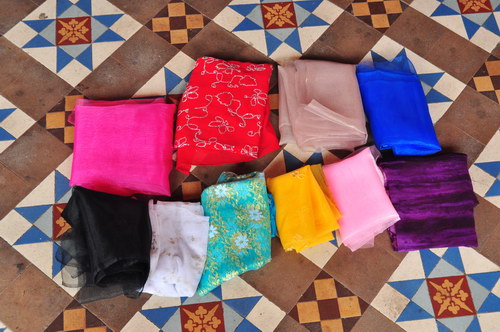
After experimenting with photographing through the textured cloths, below are some pointers that could prove useful.
1: The main subject: search for bright coloured or well lit subjects
It is important to identify your main subject, be it a chair, a walkway, a bicycle. If possible, choose a bright coloured subject which is well lit. The better lit is the subject, the more obvious it appears through the textured cloth.
2: Play with the creases
The advantage of using textured cloth is its flexibility to either suspend flatly from the top or you can create creases to create certain desired effects. By playing with the creases, you can frame the main subject in between the creases.
3: Play with Depth of Field
For cloths with sewn on patterns, one can play with depth of field. With a small aperture like f22, the patterns on the cloth can be relatively sharp. With a big aperture like f3.5, the pattern can be thrown into blurriness. The effects for both scenarios are interesting and worth experimenting.
4: Holding the cloth
Obviously it is impossible for one to hold the cloth and photograph with the camera at the same time. It is better to have a few budding photographers with you to help hold the cloth or create the creases which you desire in order for you to have a great time composing the image.
5: Wind
One of the bigger challenges I encountered was when it got windy and I had to struggle with keeping the cloth in position. If possible, wait for the wind to settle before you shoot. If some interesting subject appears and you had to shoot, you can have a better probability of getting what you want by firing many shots continuously.
6: Focusing
Try to focus on the subject and not on the surface of the cloth. This means that you are focusing through the cloth.
The pointers above are not exhaustive but if you bear them in mind and study the case studies below, you may find photographing from behind the textured screen an experiment which is enjoyable.
Playing With Creases
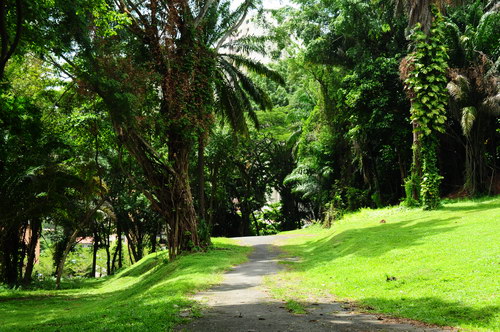
Centre Weighted metering, Daylight White Balance, ISO200, Program Mode, Shutter speed 1/200s, Aperture f7.1, 18-70mm set at 52mm
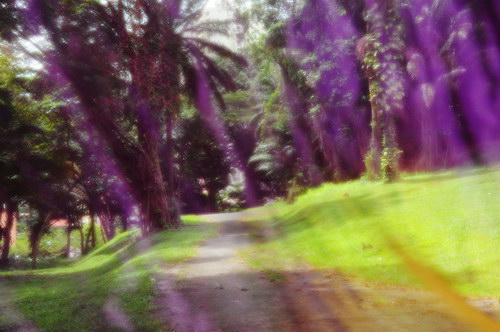
Centre Weighted metering, Daylight White Balance, ISO200, Program Mode, Shutter speed 1/320s, Aperture f9, 18-70mm set at 52mm
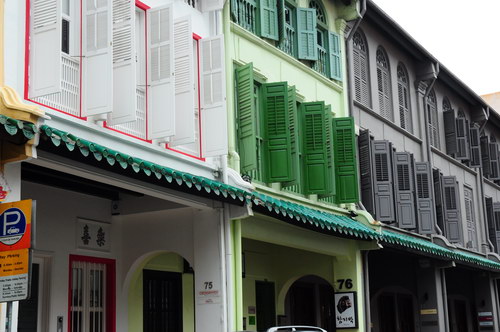
Centre Weighted metering, Daylight White Balance, ISO500, Program Mode, Shutter speed 1/400s, Aperture f10, 18-70mm set at 38mm
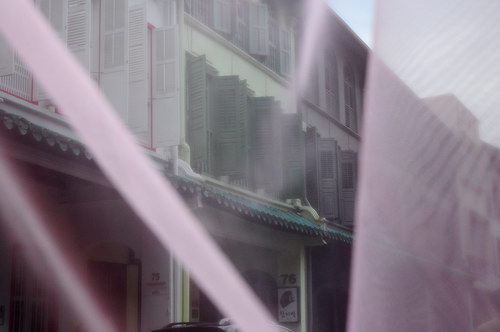
Centre Weighted metering, Daylight White Balance, ISO500, Program Mode, Shutter speed 1/500s, Aperture f13, 18-70mm set at 38mm
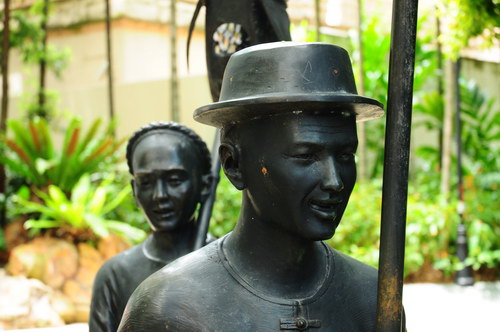
Centre Weighted metering, Daylight White Balance, ISO200, Program Mode, Shutter speed 1/40s, Aperture f4.5, 18-70mm set at 56mm
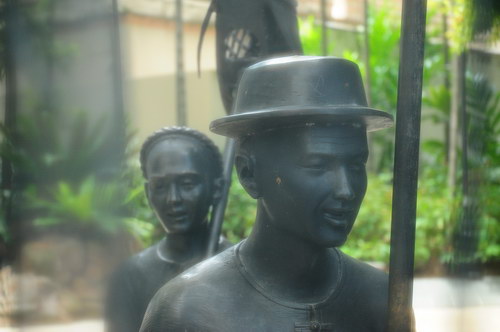
Centre Weighted metering, Daylight White Balance, ISO640, Program Mode, Shutter speed 1/160s, Aperture f4.5, 18-70mm set at 56mm
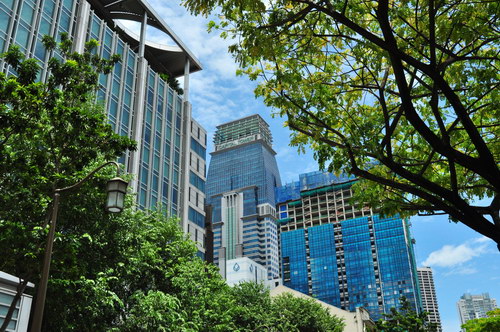
Centre Weighted metering, Daylight White Balance, ISO640, Program Mode, Shutter speed 1/640s, Aperture f13, 18-70mm set at 25mm
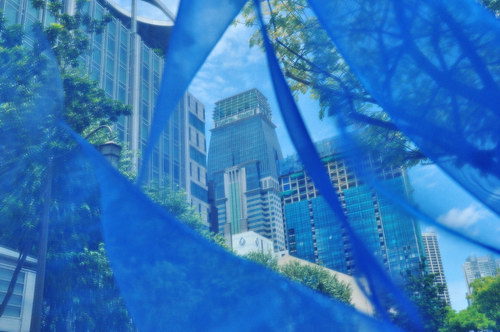
Centre Weighted metering, Daylight White Balance, ISO640, Program Mode, Shutter speed 1/500s, Aperture f11, 18-70mm set at 25mm
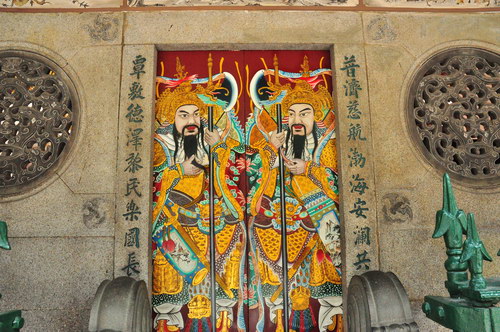
Centre Weighted metering, Daylight White Balance, ISO800, Program Mode, Shutter speed 1/320s, Aperture f9, 18-70mm set at 18mm
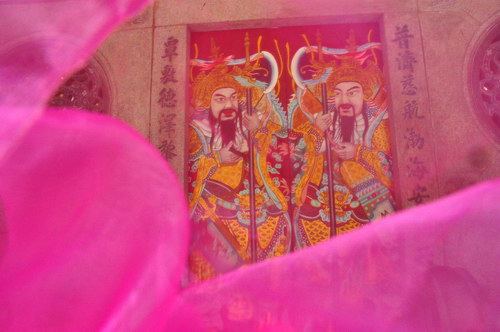
Centre Weighted metering, Daylight White Balance, ISO1600, Program Mode, Shutter speed 1/320s, Aperture f9, 18-70mm set at 18mm
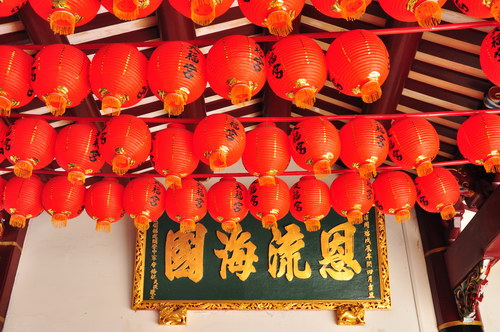
Centre Weighted metering, Daylight White Balance, ISO400, Program Mode, Shutter speed 1/125s, Aperture f5.6, 18-70mm set at 27mm
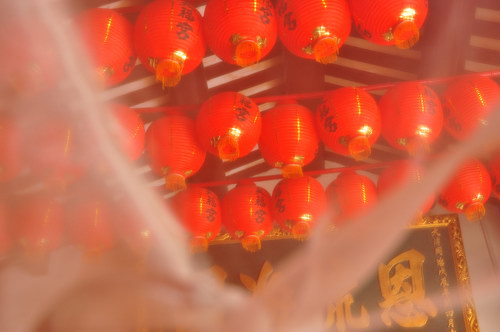
Centre Weighted metering, Daylight White Balance, ISO400, Program Mode, Shutter speed 1/160s, Aperture f6.3, 18-70mm set at 27mm
Playing With Depth of Field
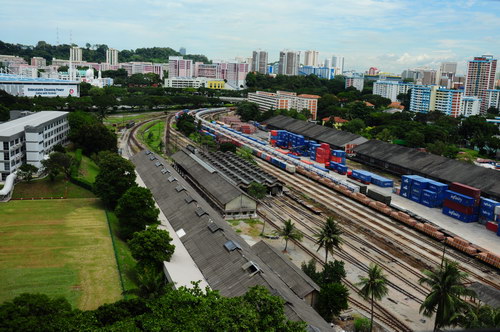
Centre Weighted metering, Daylight White Balance, ISO500, Program Mode, Shutter speed 1/500s, Aperture f11, 18-70mm set at 24mm
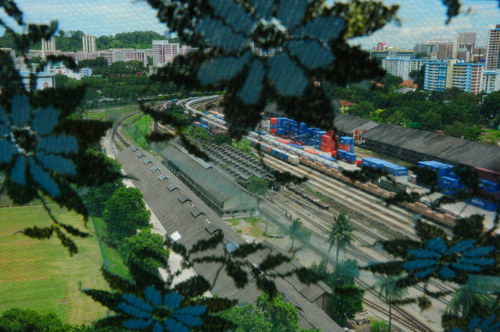
Centre Weighted metering, Daylight White Balance, ISO500, Aperture Priority Mode, Shutter speed 1/100s, Aperture f25, 18-70mm set at 24mm
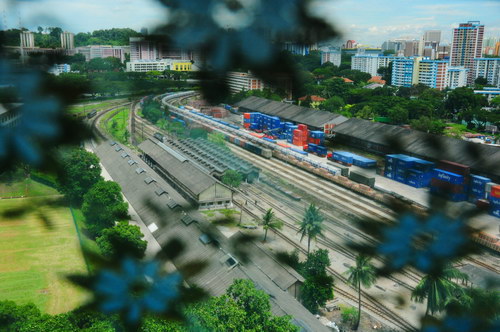
Centre Weighted metering, Daylight White Balance, ISO500, Aperture Priority Mode, Shutter speed 1/1600s, Aperture f6.3, 18-70mm set at 24mm
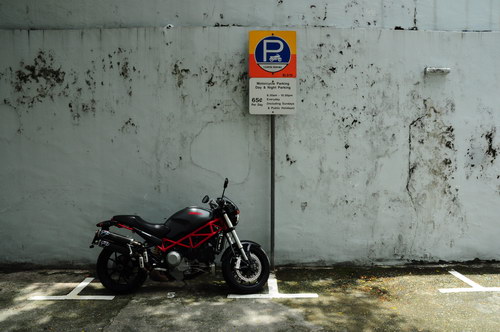
Centre Weighted metering, Daylight White Balance, ISO500, Program Mode, Shutter speed 1/320s, Aperture f9, 18-70mm set at 18mm
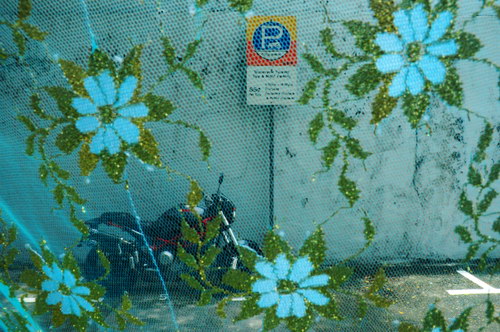
Centre Weighted metering, Daylight White Balance, ISO500, Aperture Priority Mode, Shutter speed 1/60s, Aperture f22, 18-70mm set at 18mm
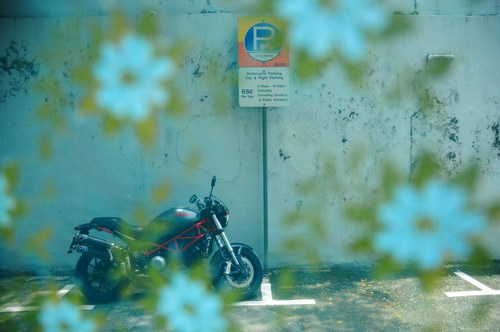
Centre Weighted metering, Daylight White Balance, ISO500, Aperture Priority Mode, Shutter speed 1/2500s, Aperture f3.5, 18-70mm set at 18mm
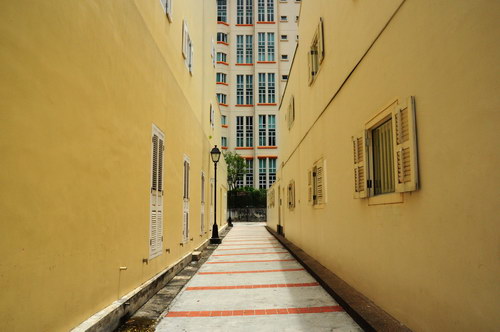
Centre Weighted metering, Daylight White Balance, ISO500, Program Mode, Shutter speed 1/640s, Aperture f13, 18-70mm set at 18mm
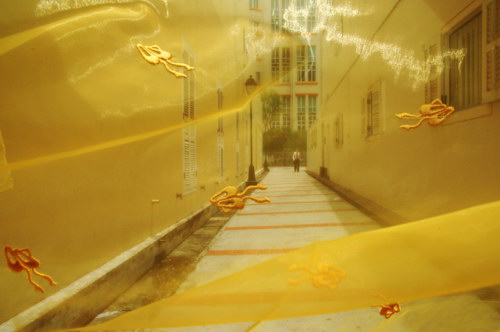
Centre Weighted metering, Daylight White Balance, ISO200, Aperture Priority Mode, Shutter speed 1/80s, Aperture f22, 18-70mm set at 18mm
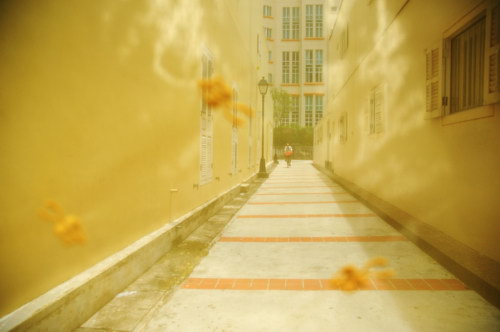
Centre Weighted metering, Daylight White Balance, ISO200, Aperture Priority Mode, Shutter speed 1/4000s, Aperture f3.5, 18-70mm set at 18mm
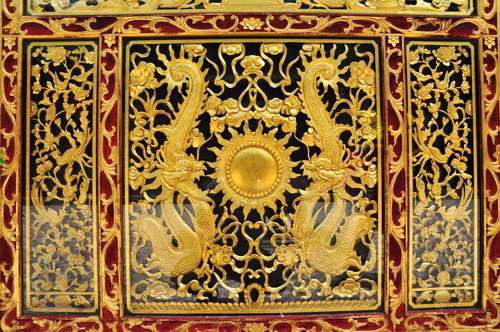
Centre Weighted metering, Daylight White Balance, ISO640, Program Mode, Shutter speed 1/400s, Aperture f10, 18-70mm set at 18mm
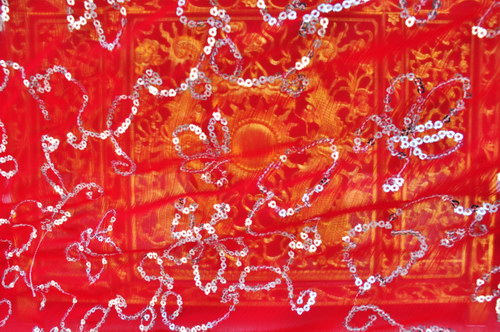
Centre Weighted metering, Daylight White Balance, ISO640, Aperture Priority Mode, Shutter speed 1/30s, Aperture f22, 18-70mm set at 18mm
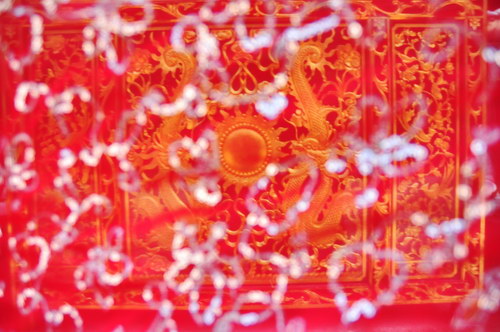
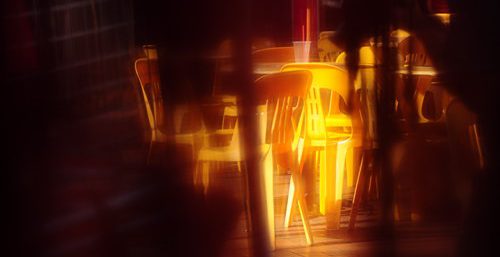

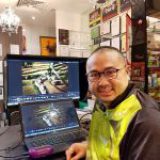
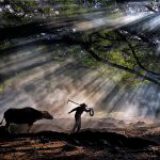
Brilliant idea! I must give it a go myself. Thanks, also for the comprehensive instructions.